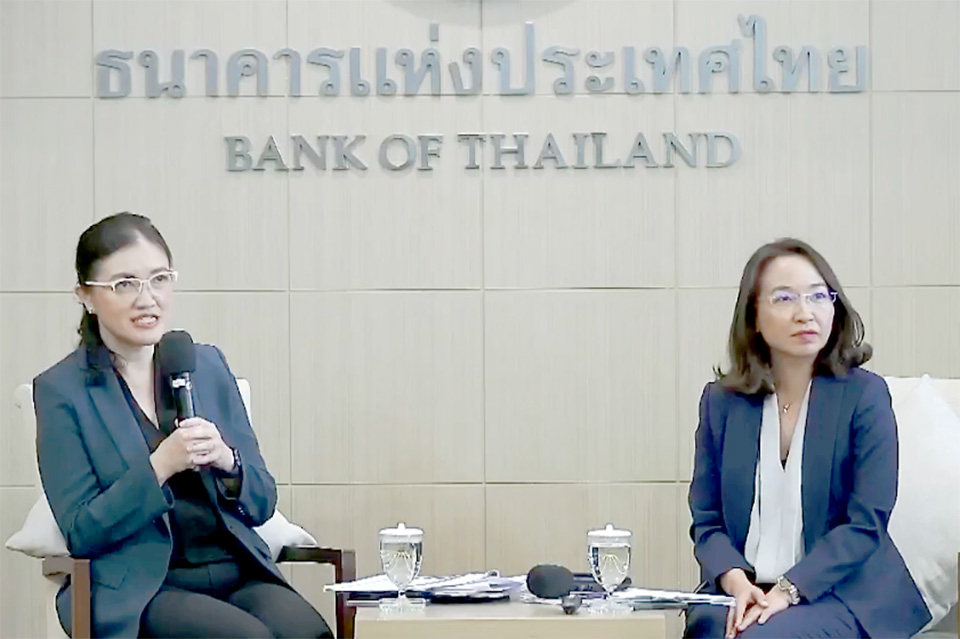
The Bank of Thailand (BoT) has revealed that the commercial banking system’s credit slightly contracted by 0.4% in the second quarter of 2022, with the ratio of Non-Performing Loans (NPL) to total loans standing at 2.67%.
Suwannee Jatsadasak, Assistant Governor of the Supervision Group at the Bank of Thailand, disclosed that the commercial banking system remains stable and resilient. Commercial banking credit in Q2 2022 saw a minor contraction of 0.4% compared to the same period last year due to the gradual debt repayment by businesses, particularly SMEs, including soft loans and government sectors, after continuous expansion to support liquidity during the pandemic.
However, credit continued to grow from large holding businesses and significant retail loan portfolios, particularly in housing and personal segments. The credit quality slightly improved, primarily in SMEs and consumer loans, as commercial banks managed debt quality and provided ongoing debt restructuring assistance to their customers.
This resulted in a decrease in NPLs for Q2 2022 to 492.3 billion baht, equivalent to an NPL ratio of 2.67%. The ratio of loans that have significantly increased credit risk was 6.08%, a minor increase from the previous quarter at 6.00%.
Suwannee also spoke about the improved performance of the commercial banking system in Q2 2022 compared to the same period last year, resulting from increased net interest income, even though financial costs increased due to rising deposit interest rates and fee of the Financial Institutions Development Fund returning to normal levels. This, combined with rising operational costs and provisioning expenses, contributed to the increase in net profits for the quarter, primarily from seasonal dividend income and net interest income.
However, the ability to repay debts of some SMEs and certain household groups, who remain financially fragile due to rising debt burdens and slow recovery in income, needs to be monitored closely. The household debt-to-GDP ratio slightly decreased in Q1 2022 following economic recovery, while the business sector’s debt-to-GDP ratio continued to decline, and profitability slightly improved from the manufacturing sector.
Risks from the export sector slowing down with the global economy, the gradual recovery of the tourism sector, and the construction sector in line with government policies must also be observed. (NNT)





